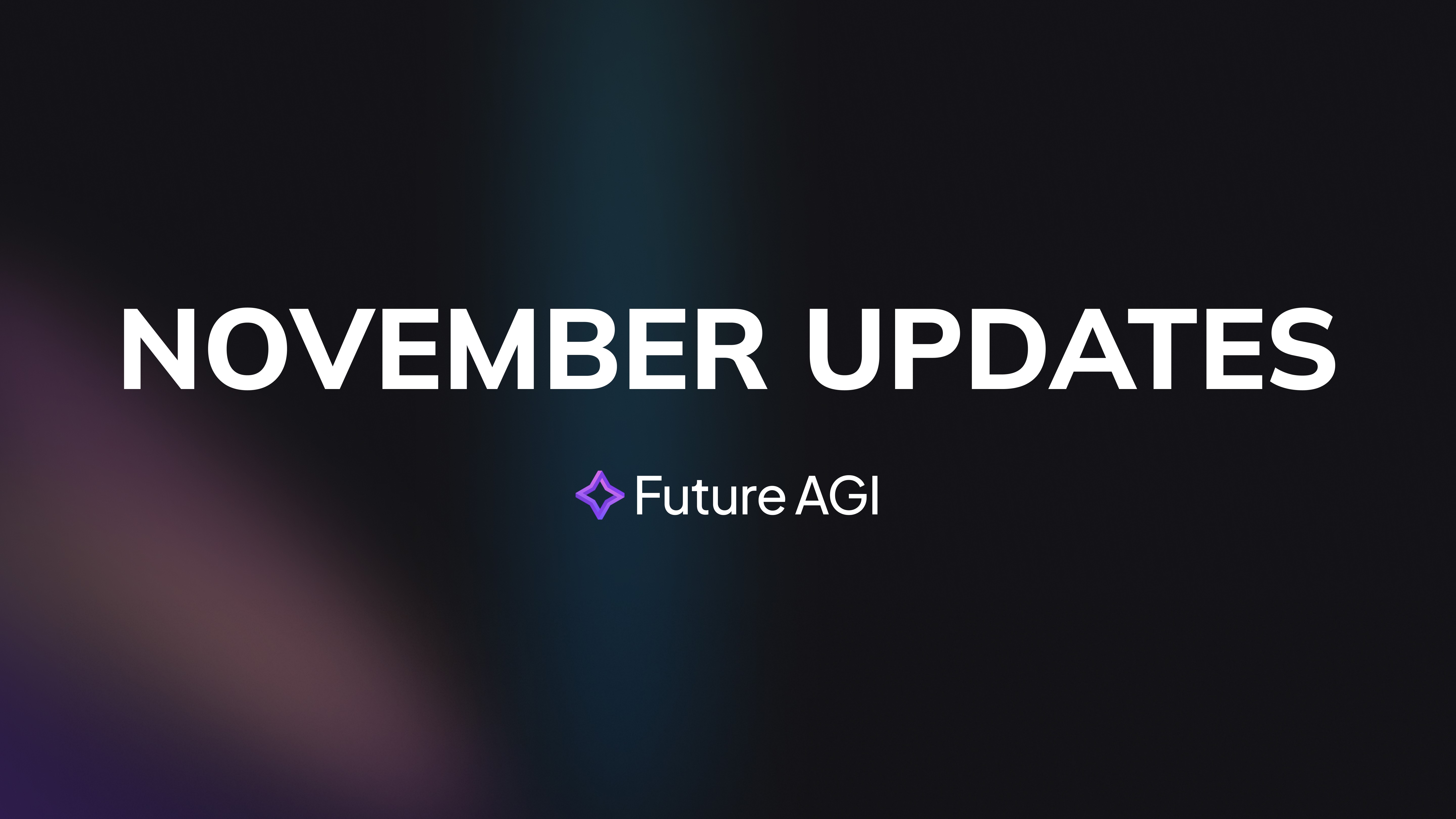AI Evaluations
AI Regulations
Hallucination
LLMs
AI Agents
Data Quality
Introduction
If you’re considering building a product powered by a Large Language Model (LLM), you’ve probably faced the challenge of evaluating its performance. How do you ensure that your summarization tool captures the essence of a report, or that your chatbot provides relevant and accurate responses, without spending endless hours on manual reviews?
Well, that’s where automating data annotation comes in. Automating the data annotation process can streamline product evaluation, making it faster, more consistent, and much more scalable. Let’s dive into why automation matters, how LLMs can double as annotators, and how you can leverage this to develop smarter AI products.
Why Automate Data Annotation?
When building an AI product, you need to ensure it performs well before deploying it to users. This requires thorough evaluation—scoring outputs for quality, relevance, and adherence to requirements. Traditionally, this is done by human reviewers, but there’s a catch: it’s slow, expensive, and difficult to scale for large datasets or frequent product updates.
By automating data annotation for evaluation, you can:
Save time and costs: Automating repetitive evaluation tasks drastically reduces effort and expense.
Ensure consistent standards: LLMs don’t get tired or vary in judgment like humans do.
Scale efficiently: Whether you’re testing thousands of chatbot responses or evaluating hundreds of summaries, automation keeps pace with your needs.
Using LLMs as Evaluators
While GenAI models like GPT-4 and PaLM2 are known for generating text, their role as evaluators is equally transformative. These models can be prompted to assess the quality of outputs, provide structured feedback, and even suggest areas for improvement. For example, instead of hiring a team to manually review your summarization app’s results, you can use an LLM to evaluate them systematically.
Here’s how it works:
Generate Outputs: Create the product outputs—summaries, chatbot responses, or any other task-specific results.
Automate Evaluation: Use LLMs to assess these outputs against predefined criteria, like coherence, relevance, or accuracy.
Refine the Product: Iterate on your product using the insights from automated evaluations.
How to Set Up Automated Evaluation
Automating evaluation involves using LLMs to score, analyse, and provide feedback on outputs. There are various strategies to consider when using LLMs as evaluators. Let’s break it down:
Detailed Prompting vs. Simple Prompting
When prompting an LLM, you can choose between simple or detailed instructions. Here’s how they differ:
Simple Prompt: Fast and cost-effective but may miss nuanced issues.
Example:
Detailed Prompt: Slower and costlier but ensures richer feedback.
Example:
Tip: Use detailed prompts for critical evaluations and simple prompts for faster, less detailed tasks.
Compound Calls vs. Single Calls
Compound Calls: Evaluate all aspects (e.g., coherence, accuracy) in one go.
Example:
Pros: Saves cost and latency.
Cons: Less flexible for fine-grained feedback.
Single Calls: Break down evaluation into multiple calls (e.g., one for coherence, another for accuracy).
Example:
Pros: Higher accuracy and granular feedback.
Cons: Increases time and cost.
Tip: Use single calls when accuracy matters more than cost or speed.
Quick Tips for Success
Start with a Calibration Dataset
Before automating evaluations, run a test set through your pipeline and compare automated scores with human evaluations. This helps fine-tune your prompts for better alignment.
Batch Outputs for Cost Savings
Combine multiple outputs into a single prompt to reduce API call costs.
Incorporate Logging and Metrics
Track evaluation metrics (e.g., latency, cost per call) to optimise your pipeline.
Iterate Based on Feedback
Use outputs flagged by the LLM to refine your prompts or improve your product directly.
A Real-World Example: Summarization as a Product
Let’s say you’re building a summarization tool for business professionals. Your users want concise, clear summaries of lengthy documents like reports or meeting minutes. Here’s how automated annotation can transform the evaluation process:
Step 1: Generate Summaries: Your tool creates summaries for a test set of documents.
Step 2: Evaluate Automatically: GPT-4 reviews the summaries, scoring them for coherence, informativeness, and adherence to user requirements.
Step 3: Identify Improvements: The evaluation results highlight weak areas (e.g., summaries missing key details or introducing errors).
Step 4: Iterate: Use this feedback to refine your tool.
This cycle ensures that your product consistently meets user needs, even as you scale or pivot to new use cases.
Why Automating Evaluation is a Game-Changer
Automating the evaluation process isn’t just about convenience—it’s a strategic shift that enables faster, more efficient product development. Here’s why:
Speed: Evaluate thousands of outputs in minutes, not weeks.
Consistency: Models like GPT-4 apply the same standards across evaluations, avoiding the variability of human reviewers.
Adaptability: Automated evaluation frameworks can handle a wide range of tasks, from sentiment analysis to chatbot performance testing.
Challenges to Consider
While the benefits are clear, automated annotation for evaluation isn’t without challenges:
Bias in LLMs: Models might reflect biases from their training data, impacting evaluations.
Prompt Design: High-quality evaluations depend on well-crafted prompts that guide the model effectively.
Domain Expertise: LLMs may struggle with niche or highly specialized tasks.
By investing in proper prompt engineering and rigorous testing, these challenges can be mitigated, ensuring your evaluation process aligns with user expectations.
Looking Ahead: The Future of Automated Evaluation
If you’re developing AI products, automating data annotation for evaluation is a no-brainer. Models like GPT-4 and PaLM2 can act as scalable, cost-effective evaluators, freeing up your team to focus on innovation and deployment.
Whether you’re refining a summarization tool or launching a new conversational AI product, automation enables you to deliver better results faster. It’s not just about building smarter products—it’s about creating workflows that adapt, scale, and improve over time.
So, the next time you face the daunting task of evaluating outputs for your AI product, consider automating it. By embracing this approach, we move closer to a future where AI solutions are efficient, scalable, and deeply aligned with user needs.
How Future AGI is Revolutionizing Evaluation Processes
Future AGI revolutionizes the evaluation process through comprehensive automation, enabling users to streamline workflows, gain valuable insights, and achieve scalable results. By offering predefined and customizable evaluation frameworks, real-time metric tracking, and seamless dataset integration, it caters to diverse needs ranging from model optimization to prompt refinement. Future AGI simplifies data annotation, enhances experimentation with models and configurations, and supports automated data generation for improved training and performance. This end-to-end solution transforms evaluation into an efficient, insight-driven process, empowering users to focus on innovation.
Key Highlights
Predefined or Custom Evaluations: Choose between ready-made templates or bespoke frameworks to suit specific needs.
Custom Metrics: Define and track task-relevant metrics like accuracy, recall, or KPIs.
Data Insights: Detect trends, anomalies, and data drift for sustained model effectiveness.
Experimentation: Test multiple prompts, models, and configurations efficiently in a single workflow.
Simplified Data Annotation: Automate annotation workflows to align data with evaluation processes.
With these features, Future AGI transforms evaluation into a seamless and future-proof process.









